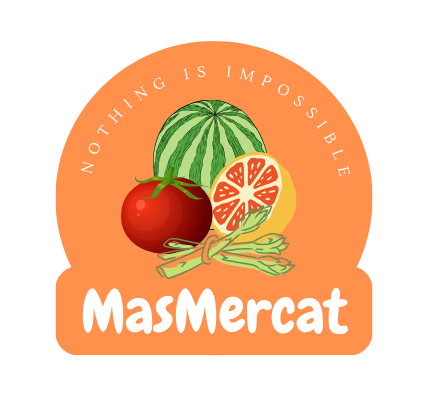During the hot summer months, few fruits are as refreshing and appetizing as the flat peach, also known as doughnut peach, paraguaya or its variant flat nectarine. This fruit, with its flattened shape and intensely sweet flavor, has won over taste buds around the world—especially in Spain, where its consumption grows year after year. But where does this peculiar fruit come from? What health benefits does it offer? And how should we consume it to make the most of its qualities?
Origin of the Flat Peach
The flat peach is a variety of peach (Prunus persica var. platycarpa), and its flat shape is the result of a natural mutation. Its origin dates back to China, where primitive versions were already being cultivated more than 2,000 years ago, as documented in ancient texts describing China’s long agricultural tradition. From there, it spread to Persia, the Mediterranean, and Europe, eventually reaching the Americas.
Its flattened form is believed to have arisen spontaneously as a mutation of the common peach tree, later selected for its intense flavor, thin skin, and juicy flesh
Different Names Around the World
This fruit is known by different names depending on the country or region:
Spain: paraguayo or platerina (the latter usually refers to the smooth-skinned variety, similar to a nectarine).
Latin America: durazno chato, durazno paraguayo, or melocotón plano.
English: doughnut peach, Saturn peach.
France: pêche plate.
Italy: pesca piatta or saturnina.
This variety has become popular in many countries for being sweeter and less acidic than traditional peaches, and for being easier to eat since the pit separates easily from the flesh.
Consumption in Spain and Worldwide
Spain is one of the leading producers and exporters of flat peaches in Europe, particularly in regions such as Murcia, Aragón, and Catalonia. The season runs from June to September, making it a star fruit of the summer. Spanish consumers value it for its sweetness, aroma, and pleasant texture.
Beyond Spain, the flat peach has also gained a presence, especially in gourmet markets and healthy eating circles. Countries such as the United States, Italy, and France have incorporated this fruit into their fresh produce markets as well as into products like juices, jams, and desserts.
Nutritional Properties
The flat peach is a highly nutritious fruit, low in calories and rich in water—making it ideal for hydration and weight-control diets. Below is an approximate nutritional breakdown per100 grams:
Nutrient | Approx. Amount |
Calories | 39 kcal |
Water | 87% |
Carbohydrates | 9.5 g |
Natural sugars |
|
Fiber | 1.5 g |
Protein | 0.9 g |
Fat | 0.3 g |
Vitamin C | 10 mg (17% VD) |
Vitamin A (beta-carotene) | 326 IU |
Potassium | 190 mg |
Magnesium | 9 mg |
Health Benefits
Eating flat peaches offers a range of benefits that go beyond their refreshing taste: they provide natural hydration, deliver antioxidants that help combat oxidative damage, supply fiber that supports healthy digestion, improve cardiovascular function thanks to their potassium content, and are also ideal for a healthy diet as they are low in calories.
What’s the Difference Between the Flat Peach and the Flat Nectarine?
The difference lies not in the species, but in the skin texture and subtle variations in taste and appearance.
Both belong to the same species (Prunus persica var. platycarpa ), a flat variety of peach.
Characteristic | Flat Peach | Flat Nectarine |
Skin | Velvety (with fuzz) | Smooth (no fuzz) |
Flavor | Sweet, juicy, aromatic | Sweet, firm, slightly crisper |
Appearance | Mixed, less uniform colors | Brighter, more uniform colors |
Origin | Flat peach variety | Flat, fuzz-free variety, similar to nectarine |
How to Enjoy it
The flat peach can be enjoyed in many ways: The traditional one is to eat the fruit well-washed and in season, or to add it to a good salad to bring a sweet touch. At breakfast or as a dessert, it pairs wonderfully with yogurt or curd. Another very healthy option is to grill it, which enhances its sweetness and makes it an ideal side dish.
Finally, you can make the most of its sweetness by blending it with plant-based milk or yogurt and ice, without added sugar, resulting in a refreshing, nutritious drink with balanced sugar content—perfect for beating the summer heat. And if you want even more nutrients, you can add seeds such as chia or flax. In smoothies, blended with plant-based milk or yogurt, ice, and no added sugar for a refreshing, nutrient-rich summer drink. For an extra nutritional boost, add seeds like chia or flax.
This summer, you can enjoy the refreshing taste of the flat peach a healthy, versatile, and delicious fruit that continues to earn its place in the Mediterranean diet and beyond.
So if you haven’t tried it yet, summer is the perfect time to savor this juicy, delightful gift of nature.
For more information, explore our products here.
